Physical therapy is a crucial component of recovery for many individuals, whether they’re recovering from an injury, surgery, or managing chronic conditions. One of the most common questions people have before scheduling a physical therapy appointment is, How long does it last? This article delves deep into the intricacies of physical therapy, providing insights into its duration, what to expect in sessions, and the factors that influence its length.
The Average Duration of a Physical Therapy Session
- Single Session: A typical physical therapy session lasts about an hour. However, the first session might run slightly longer due to the initial assessments and discussions.
- Overall Program: The duration of a physical therapy program varies based on several factors, including the type of ailment, its severity, and the patient’s commitment to the treatment.
Your First Physical Therapy Session: Setting the Foundation
Your initial physical therapy appointment with a therapist is typically the longest. This session is foundational, where the therapist evaluates your condition, understands your medical history, and chalks out a treatment plan. It’s a thorough process, ensuring that the subsequent sessions are tailored to your needs. On average, this session might last for about an hour or slightly more.
First encounters involve:
- Patient History: A comprehensive discussion on past injuries, surgeries, and related health issues can take upwards of 15-20 minutes.
- Physical Assessment: The therapist checks mobility, strength, and other related factors. This can be another 20-25 minutes.
- Discussion & Goal Setting: Mapping out the recovery journey, which might be another 15 minutes.
Thus, initial sessions typically last 60-90 minutes.

Follow-Up Sessions
With a plan in place, subsequent sessions are more streamlined:
- Hands-on Treatment: This can include massages, stretches, and exercises – often taking up to 30 minutes.
- Progress Monitoring: Evaluating improvements or setbacks for about 10-15 minutes.
- Feedback & Adjustments: Another 10-15 minutes, focusing on understanding the patient’s feedback and making necessary modifications.
Follow-ups usually range from 45-60 minutes
Ongoing Visits
- These sessions can last from 30 minutes to an hour. The frequency might range from once a week to multiple times, depending on the severity of the injury and the therapy goals.
Components of a Physical Therapy Session
- Assessment and Examination: This involves checking the progress since the last visit.
- Diagnosis: Based on the assessment, the therapist will diagnose the current state of the ailment.
- Treatment Plan Implementation: This includes exercises and treatments tailored to the patient’s needs.
Variables Influencing Session Duration
Each patient is unique, so therapy duration can vary based on:
Injury or Condition Type
- Sprains and strains: These might need shorter, but more intensive sessions of around 30 minutes.
- Post-operative rehabilitation: Given the complexity, these sessions could stretch to 60 minutes or more.
- Chronic conditions: Arthritis or neurological conditions might require 45-minute sessions focusing on pain management and mobility.
- Ailment Type: The nature of the ailment plays a significant role. For instance, post-op recovery might require a 6-month PT track, while a soft tissue injury might need 4-6 weeks.
- Type and Severity of Injury: The nature and severity of your injury significantly determine the length of your physical therapy sessions. For instance, a minor sprain might require a shorter session focused on pain relief exercises. In contrast, post-surgical rehabilitation might necessitate a more extended, intensive session.
- Stage of Recovery: Where you are in your recovery journey can also influence the duration. Initial stages might require longer sessions, while follow-up sessions could be shorter as you progress.
- Commitment: The patient’s dedication to the treatment, including doing exercises at home, can influence the recovery speed.

Patient’s Endurance and Age
A robust 20-year-old might tolerate longer, more strenuous sessions compared to a 70-year-old. Thus, age and endurance can change a session’s length by 10-15 minutes.
Therapeutic Methodologies
- Manual therapies: Depending on the condition, these can be anywhere from 20-40 minutes.
- Electrotherapy: Typically shorter, around 20 minutes.
- Hydrotherapy: These can be longer due to the setup and cleanup, averaging around 60 minutes.
Preparing for a Physical Therapy Appointment
Dress Code
- Clothing: Non-restrictive clothing allowing easy movement.
- Shoes: Comfortable shoes; many therapists prefer patients in socks or barefoot.
Essential Documentation
- Medical History: Especially if you’re visiting a therapist for the first time.
- List of Medications: Any drugs or supplements you’re currently on can influence the therapy.
Making the Most of Every Session
Adhering to Recommendations
- Your therapist might give you exercises at home, which can accelerate recovery.
Open Communication
- Any pain, discomfort, or even mental unease should be communicated. It ensures therapy remains a safe space.
Answering Common Queries
Is Longer Always Better?
- Length doesn’t equate to quality. Some conditions benefit from short, intensive sessions, while others need extended, milder therapies.
Cost Implications of Session Lengths
- Costs aren’t always directly proportional to time. The experience of the therapist, equipment used, and clinic location also play roles.

Final Thoughts
Physical therapy can be a lifesaver for those suffering from pain or discomfort, whether it is mild or severe. However, these sessions are a long-term commitment that can take hours of your time. This is why it is so important to be well-informed about how long a physical therapy appointment takes so you can better manage your time.
The at-home services of Kinito Physical Therapy are the perfect solution for those of us who can’t take time out of our schedule to visit a clinic for physical therapy. Simply contact us at (405) 633-0783 or email us at contact@kinitopt.com to book a session right at your work or home with our experienced CSCS or Manual Therapist.
